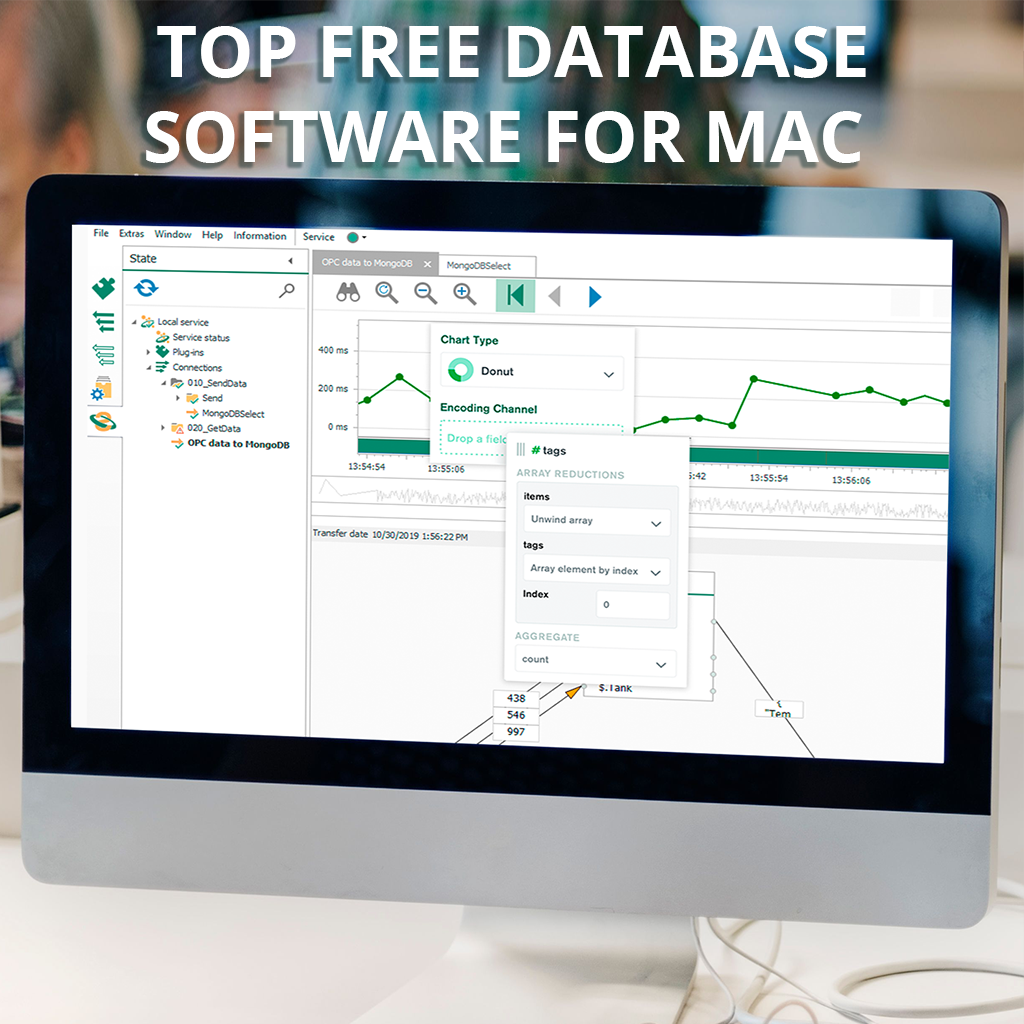
The process of breaking the data into multiple tables and columns is referred to as Normalization. So the Customer’s Name is in one column in one table only, and other pieces of data, for example multiple Orders, will ‘link’ to that single Customer row by the use of Primary and Foreign Keys. The goal with these types of databases is to organize the data to avoid duplication of fields and repeating data, and to ensure the purity of the data.


An example might be a banking system where lots of little data modifications occur throughout the day to constantly process debit card or check activity, including managing the account register, security logging, updating the account balance, etc. Basically, an OLTP database typically has lots of smaller transactions (data modifications). * A business entity is a unique identity with both state and behavior. Depending on the expected usage patterns, you may choose to Normalize or Denormalize the data. One is Online Transaction Processing (OLTP) and the other is Decision Support Systems (DSS). There are two primary ways a database is used. These additional topics should be researched for a complete schema engineering strategy. We will also avoid other intermediate and advanced concepts of database design like natural versus artificial keys and defining the cluster index as part of table design, etc. It is, instead, focused on some of the top tips for making it easy to work with the data. Therefore, the scope of this brief article is less on the engineering side of database design. Here we discuss some basic guidelines which may or may not be best for your specific needs. There are many opinions about what is ‘best’. In this article, we will discuss a few common design decisions when defining a Schema.

Jim Murphy, President, SQLWatchmen, LLC. Here we discuss some basic guidelines which may or may not be best for your specific needs.”


 0 kommentar(er)
0 kommentar(er)
